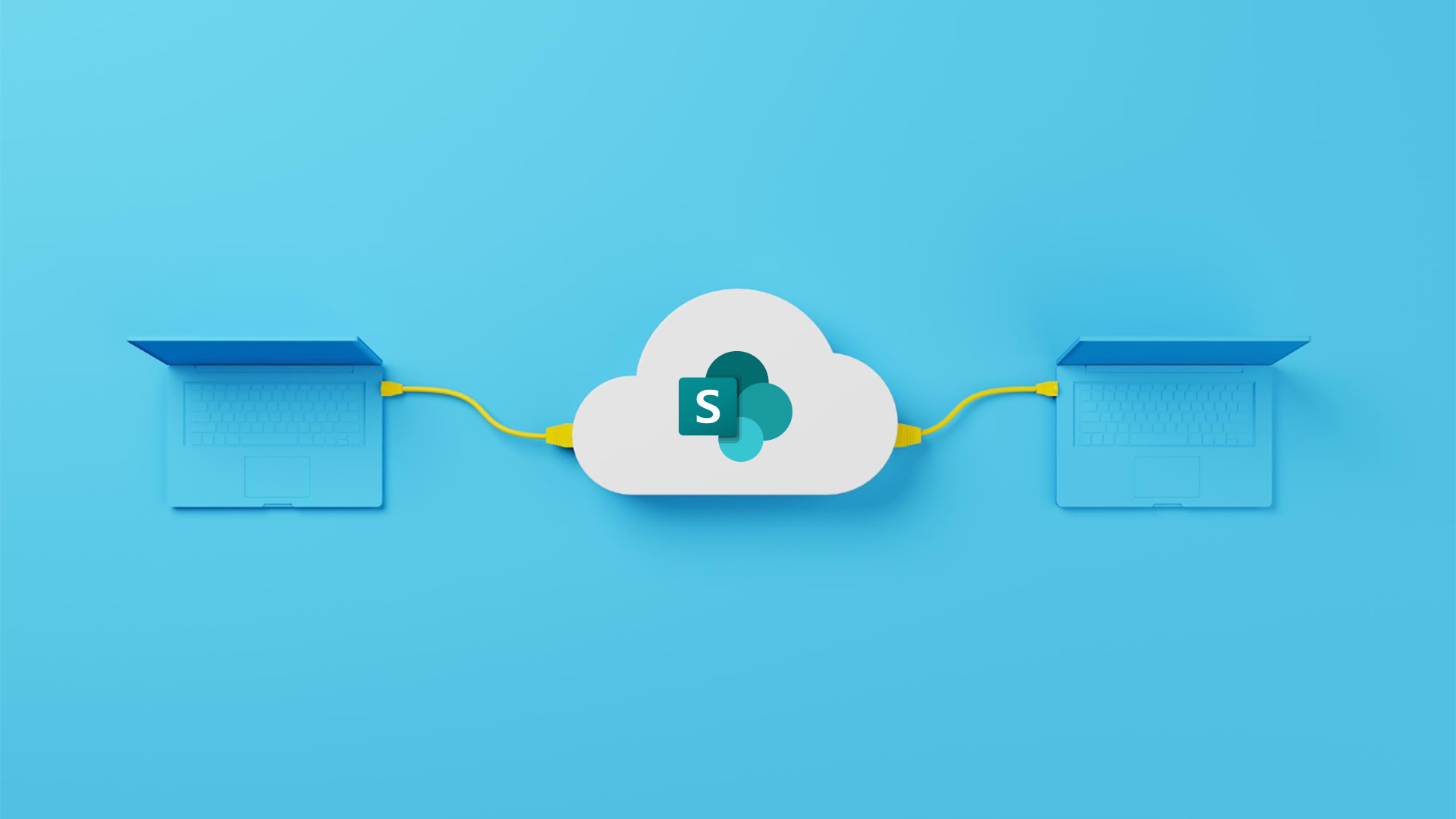Nextcloud wins Platinum at CloudComputing-Insider IT Awards 2025
Nextcloud receives a Platinum Award at CloudComputing-Insider IT Awards for the fifth time. Big thanks to our community for supporting us once again!
Read MoreOpen source is hot.
All major Silicon Valley players use it as a code base: It runs Google’s servers, powers Microsoft’s code, and shapes AI at Meta. But for many, concerns remain, with questions such as: Is open source secure? Can it be trusted for business-critical infrastructure? What happens if we “just replace one dependency with another”?
At Nextcloud, we often hear the same myths around open source. So, let’s tackle some of them here.
For some reason, people often think that open source means “amateur-built”, “risky”, or “no clear responsibility.” But these statements could not be further from the truth.
When we talk about the stability of software, it isn’t a question of open source vs proprietary. It depends on who develops and maintains the project. In purely volunteer-run open source projects, there might be a perception that bugs go unfixed because there is no financial incentive.
However, the reality is often the opposite.
When people contribute to open source in their free time, they take pride in their work. The transparency of open development means your code is visible to anyone, such as your peers and potential employers. Just as you might dress up before going out, developers are motivated to dress up their code, and write clean, functional code. Because after all, it’s out there for anyone to see. And this of course includes avoiding bugs, and ensuring the stability of the software.
For proprietary software, bug fixing is often driven by business priorities. If resolving an issue doesn’t directly impact revenue, companies may delay it, or even ignore it completely. Just think of the gaming industry releasing unstable games to the public because of commercial deadlines.
That being said, non-commercial open source projects can sometimes prioritize developer needs over user experience. This may lead to a steeper learning curve, particularly for new users, since ease-of-use or first-time onboarding might not be top priorities for long-term contributors.
But when a company, like Nextcloud, backs an open source project, you get the best of both worlds:
The result is open source software that is not only robust and stable, but also ready for real-world needs.
In proprietary code, security is often treated as a cost center. What matters most isn’t whether a product is secure, but whether people believe it is. That’s why sheer headcount of employees working in security doesn’t mean a safer product. The opposite might even be true: fewer people, working transparently and collaboratively, might deliver better results.
That’s exactly what the open source approach: transparency above everything. The code is open anyone to inspect, test, and improve. Vulnerabilities don’t stay hidden as they are found, reported, and fixed in the open. (Remember how we highlighted that developers take pride in their work and will actively contribute to improvements!)
This effect of transparency is clear in the software industry, but also in other areas of society. Communicating openly leads to better science, better governance, and better market pricing. So, security is not the result of money-motivated strategies. A secure, open source system is the outcome of a process powered by visibility, collaboration, and constant peer review.

At Nextcloud, we use this model to track and fix vulnerabilities and send updates to customers. After a safe window for patching, we also publicly disclose any issues in a security advisory. This allows users to verify whether their systems need to be updated and guarantees a secure response to exposures.
On top of that, our open source code can also be analyzed by professional security firms. For example, the city of Geneva contracted Swiss IT security firm Kyos to publicly inspect Nextcloud’s code as part of their due diligence. Anyone can access the findings of this extensive inspection through a quick and simple download.
Nextcloud also offers a bug bounty of up to $10,000 to anyone who responsibly reports a vulnerability. This openness attracts independent contributors who help make our platform more protected. Once we’ve fixed the issue, we thank them publicly in our advisories, turning potential risks into shared progress.
You often hear privacy enthusiasts talk about using open source, but it’s far from a niche subject. On the contrary. Many enterprises and big business deploy open source software to develop their systems. To understand its popularity, you just have to look at the numbers.
But the application of open source goes beyond enterprises. Many governments use open source software as it gives institutions better control and transparency over data sharing. Notable European examples that adopted open source software for some of their operations include the Austrian capital Vienna and the Spanish city Barcelona.
At Nextcloud we provide both private and public customers with enterprise-ready open source software solutions, including Siemens, Amnesty International Spain, Deutsche Telekom, and the French city of Genève. In short, there’s no shortage of users when it comes to open source, proving its readiness for large-scale deployment. Because companies value their offering: transparency, reliability, and security.
Join our upcoming webinar to learn how Nextcloud Enterprise empowers teams with the tools to collaborate, communicate, and stay compliant while helping organizations regain control over their data and achieve digital sovereignty. Can’t attend? You can still register to receive the recording.
Register now“If it ain’t broke, don’t fix it,” right? Some organizations hesitate to move from proprietary systems like Microsoft 365 to open source platforms like Nextcloud because they worry it’s just replacing one dependency with another. “Aren’t we still relying on someone else’s software?”
However, with closed, proprietary ecosystems, you are always at risk of losing access to your data. If they go under, get acquired, change their business model, or simply discontinue a feature you rely on, you are stuck. You always merely rent the software, while they own it. And you always risk someone changing the locks.
With Nextcloud, you get the full source code. Even if by some cosmic fluke the entire Nextcloud company and all its employees were to disappear tomorrow, you’d still have access to the full source code. That offers real digital sovereignty and complete freedom from vendor lock-in.
Compare that to recent moves by Microsoft, like promising to deposit source code in a Swiss vault. It sounds reassuring, but in practice, it’s not that easy. Storing a mountain of undocumented, tightly coupled code, written for a single company’s proprietary stack, won’t make it usable. Rebuilding that environment is close to impossible.
It’s like trying to resurrect a vintage car with no manual, no parts, and only a few people in Seattle who know how to get it started.
And then we haven’t even mentioned the difficulty of maintaining and improving that code, or fixing security issues. Every developer knows that for testing, building, and updating, you don’t only need the code, but the entire toolset. (Which is mostly completely custom and in-house at Microsoft).
Nextcloud, by contrast, runs on nearly half a million servers worldwide. Thousands of contributors have written and reviewed the code. Every day, new users follow our documentation and get their first server online. It’s alive, understood, and actively maintained, not just by us, but by a global ecosystem of sysadmins, developers, and partners.
The result is a sustainable environment that stands for data safety, security, and long-term stability. Even if there is a cosmic fluke tomorrow.
When it comes to control, Nextcloud makes sure that you are protected from disruptions to your business. You run it privately on your own servers, either in your own data center or at your existing, trusted supplier. And there is also no need to migrate data. Nextcloud makes your data available to your teams wherever it is: FTP, SharePoint, Windows Network Drive, or an Object Store. Even non-critical data you have on Salesforce, Box, or Amazon S3 is made easily accessible for all users in your organization.

Together with its simple, familiar interface, introducing Nextcloud becomes a quick and seamless affair. And because Nextcloud is a piece of your infrastructure that is 100% open source, it is 100% yours. You can truly trust it and allow it to manage all this data, hiding the complexity of your infrastructure. You can even regain control over data at Amazon or Google Drive, encrypting data before it gets stored there, so you control who gets access and how.
With the Nextcloud Enterprise platform, you get full insurance against risks. As our tested and certified enterprise product for medium and large businesses, governments, and educational institutions, all Nextcloud Enterprise solutions are backed by our support, including complete access to our customer portal and consulting services.
Because of current privacy concerns, geopolitical tensions, and SaaS vendor unpredictability, organizations need more than just functionality. The debate around open source vs proprietary software is no longer about features and practicalities. It’s about gaining control over your data and ensuring a digitally sovereign future.
By choosing open source for your business software, you assure trust, transparency, and control.
As an open source cloud collaboration platform, Nextcloud combines the power of open source with the stability, support, and enterprise-readiness that businesses and public sector organizations demand. By doing so, we offer a proven, secure, and sustainable alternative to Big Tech, without sacrificing usability or performance.
Download the latest version of Nextcloud Hub here. Or if you are new – start your instant trial right away!